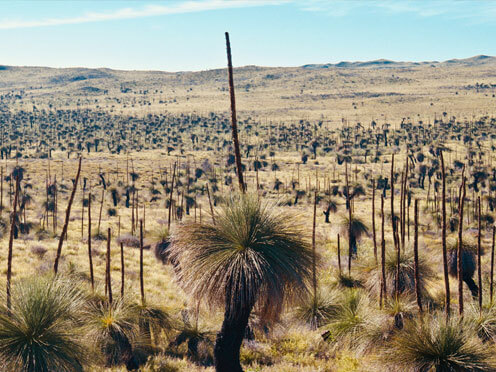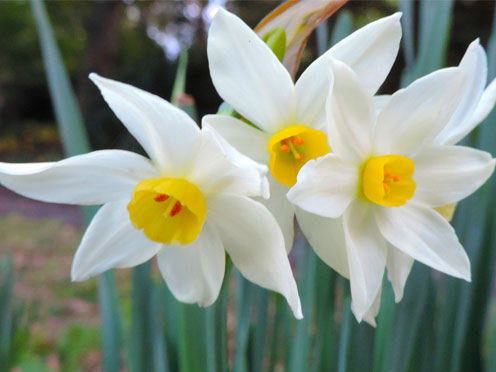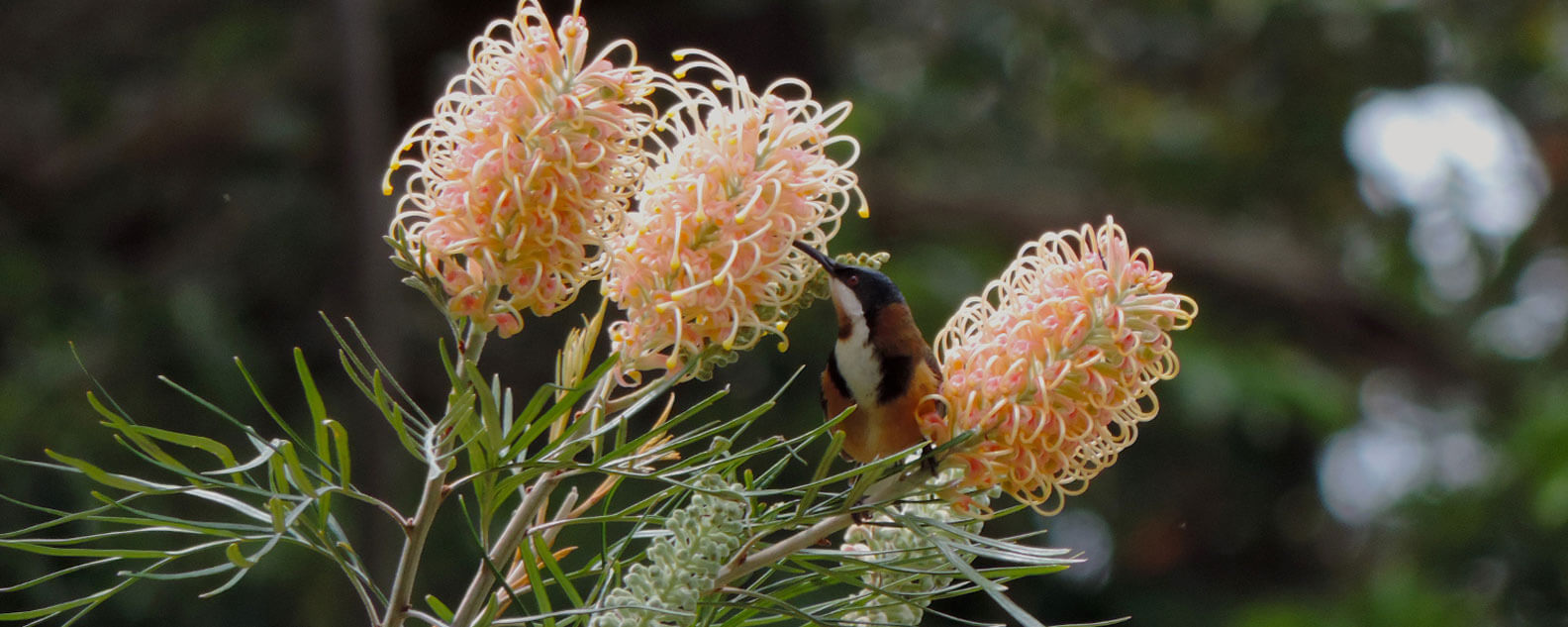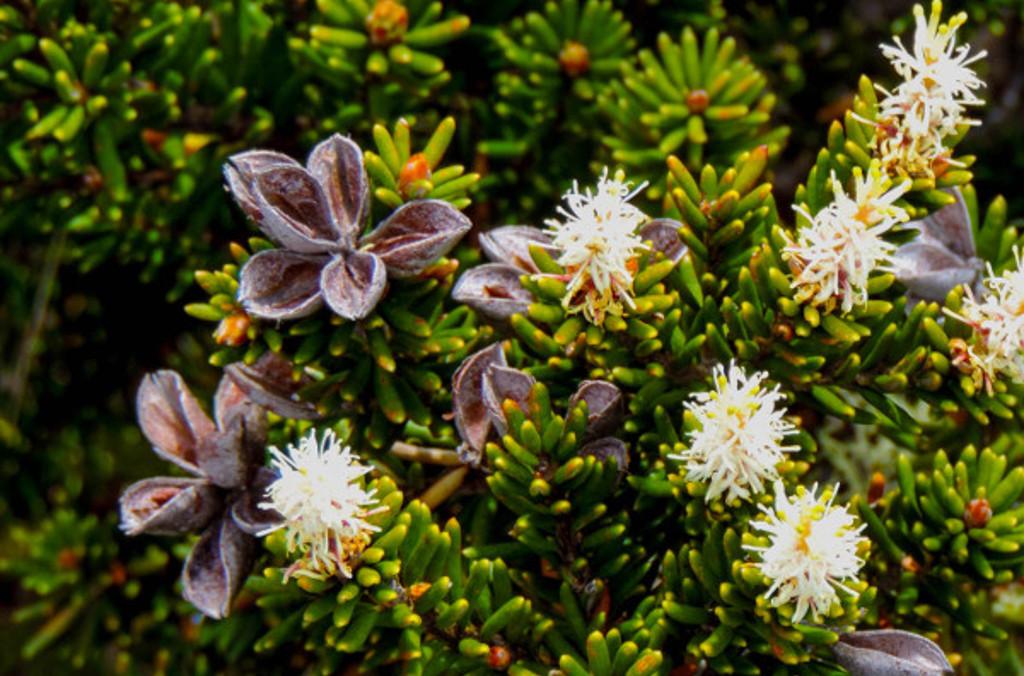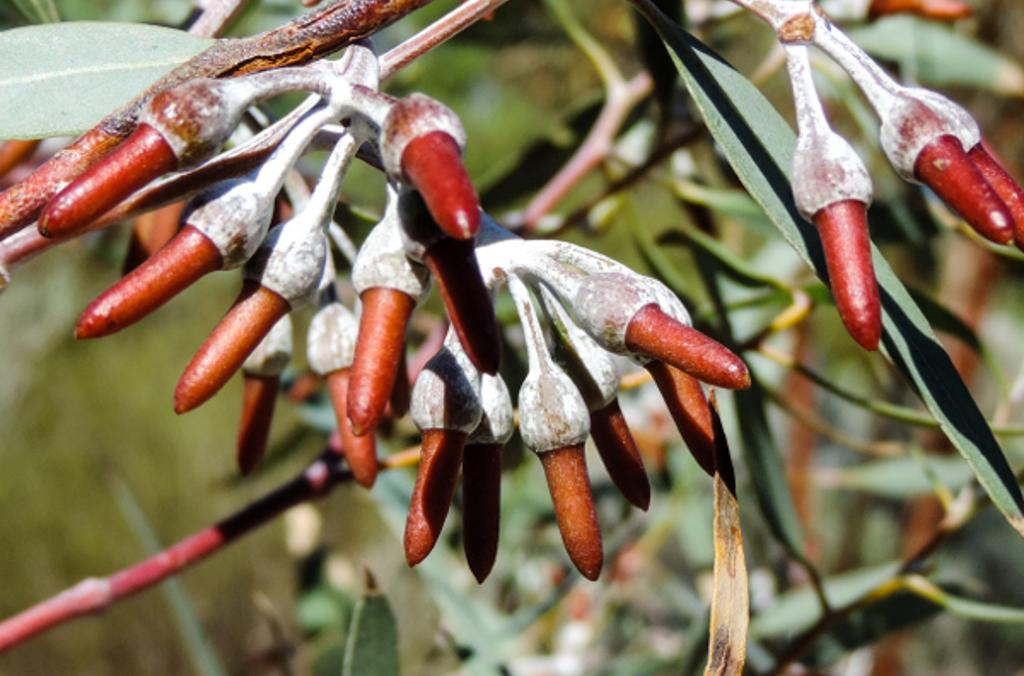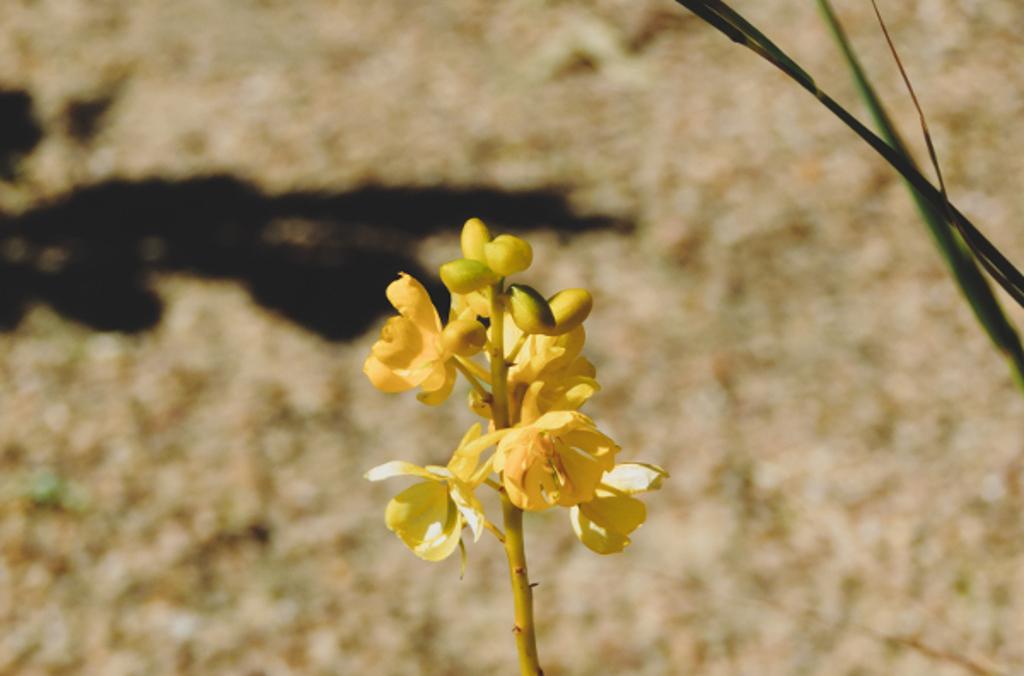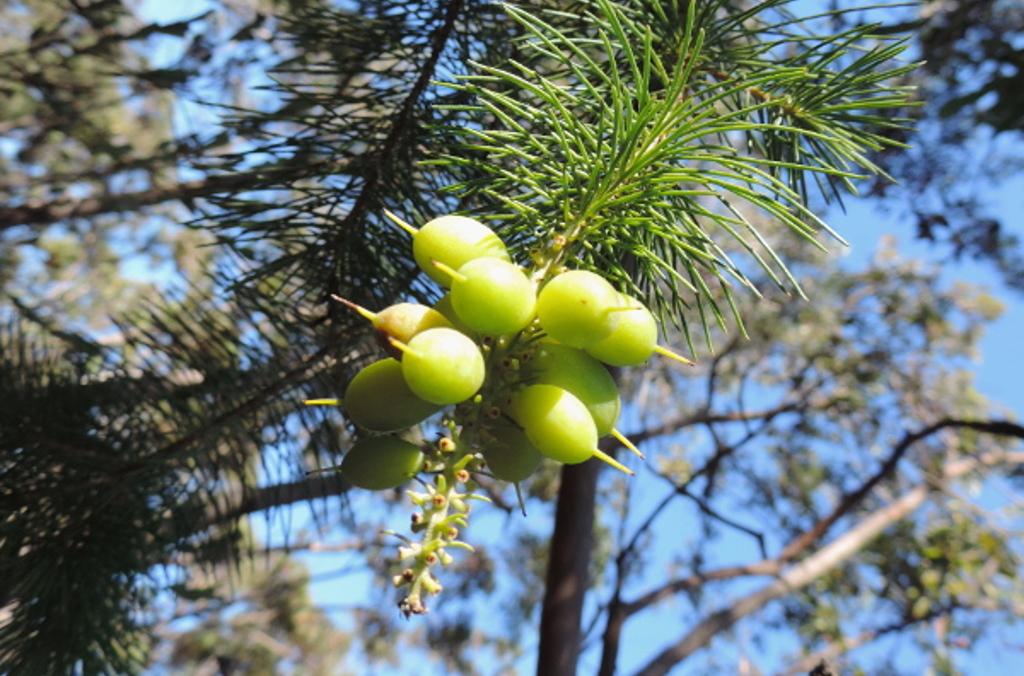Links to New South Wales Curriculum
Stage 1 Science and Technology
A student describes observable features of living things and their environments ( ST1-4LW-S)
Students identify how plants and animals are used for food and fibre products (ST1-5LW-T)
Skills
Students observe, question and collect data to communicate and compare ideas (ST1-1WS-S)
Students use materials, tools and equipment to develop solutions for a need or opportunity (ST1-2DP-T)
Literacy capability
Numeracy capability
Information and Communication Technology capability
Critical and Creative Thinking capability
Personal and Social capability
Ethical Understanding capability
Intercultural Understanding capability.
Extension activities for the students.
Time-lapse video – follow our instructions and assist your students to create their own time-lapse video using the Stop Motion Studio app.
Outdoor flower finding – create a map of where the flowers are located at your school/garden/backyard. Use different symbols or items to represent different flowering plants. Have students identify which animal would visit this flower. An added layer to this activity is to make a map at different times during the year to see which plants are flowering over the seasons.
Grass tree story – illustrate your narrative about grass trees and share it with the class.
Cassowary finding fruit game – reduce the number of balls to represent deforestation and add a condition where the cassowary can only survive if it finds X number of fruit. Discuss what happens if the cassowary does not find enough food to eat? This emphasises the need for conservation.
Did you know?
The species found in New South Wales, Davidsonia jerseyana, exhibits an interesting characteristic that is not usually seen in many plants. Flowers and fruits growing straight from the main stem are known as cauliflory. This helps animals reach the flowers and fruits more easily compared to having these plant structures on the top of the trees.
Further reading
Grass trees have a relationship with a fungus called Mycorrhiza that helps it absorb water and nutrients. However, these trees are under threat from a pathogen that causes dieback. Read more about Phytophthora dieback and the research The Australian Institute of Botanical Sciences is doing to manage this disease on grass trees and other native vegetation.
Parts of plants
Most plants start their life as a seed which slowly grows into their roots, stems, leaves and often into fruits and flowers too.
To start growing, the seeds of a plant need three things: water, soil and sunlight. The seed germinates in the soil and begins to grow roots underground. Next, it grows shoots, upwards towards the sun. Over time, it will develop leaves to capture sunlight. When plants are mature, most will produce flowers to reproduce through pollination. Once pollinated, the flower will die and in its place, a fruit containing seeds will form, and the life cycle will be repeated.
Time-lapse of a flowering Baby Raspberry Chocolate orchid (Oncidium sp.) Video by: Valeriu Pintilie 2020
Watch below as Paul discusses the Johnston's River Almond and its important parts
Elaeocarpus bancroftii (Johnstone River Almond) blooms in May
Activities: Parts of plants
1. Grow your own bean
Grow your own bean plant .
Plants grow slowly, and it may be difficult to watch each stage with detail, so why not draw a picture (or take a photo) of your plant every day?
You can make a flip book like that in the video below to watch the stages.
Stop Motion Drawing
2. Story time
Press play and read the story below about some animals eating at a Cafe (press pause if you need to).
Then match the part of a plant each animal eats. Can you think of something, for each part of the plant, the people at the end of the story may order from the cafe?
Café we eat it all story
3. Create your own plant
Draw and colour your own plant parts and share any cool features that your plant has. It does not need to be based on a real plant. Be creative!
Does the seed have any special shapes?
Do the leaves have patterns?
How will the flower look?
